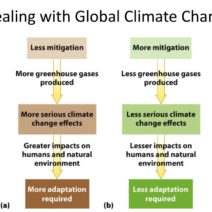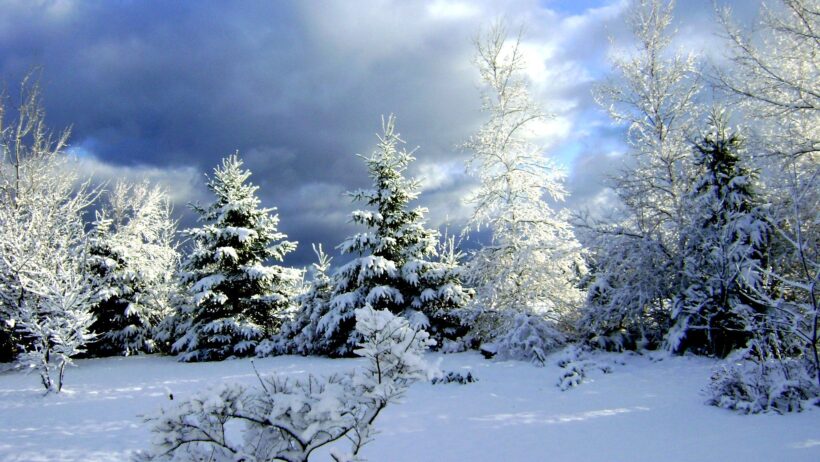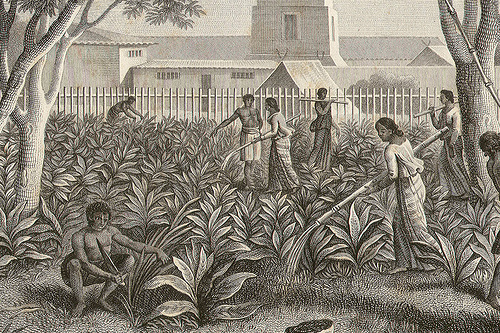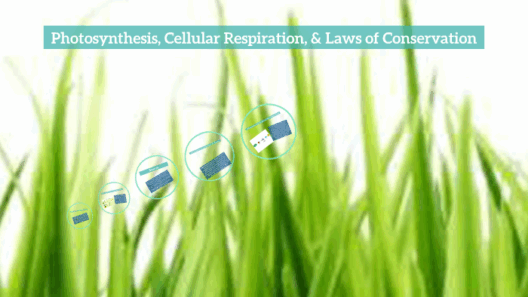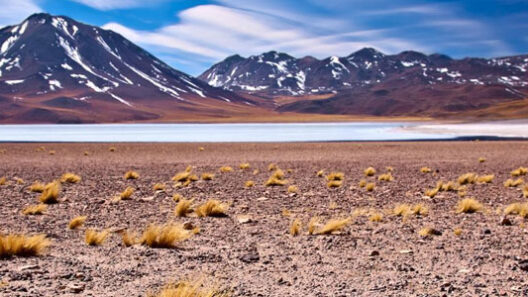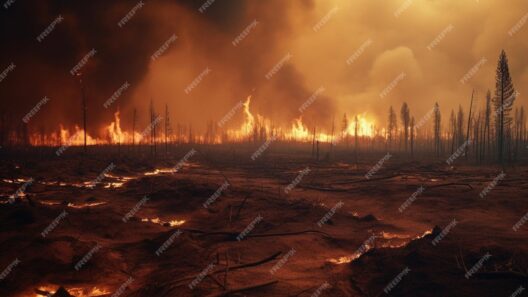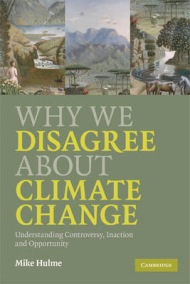America is an expansive canvas painted with a plethora of climatic conditions, each hue representing a unique geographic feature that contributes to the nation’s weather tapestry. But have you ever wondered, what exactly is America’s climate? Can such a diverse array of weather patterns come together to form a coherent identity? As we navigate through the kaleidoscope of climates, we must also confront the challenge posed by climate change, which threatens to alter the familiar rhythms of this meteorological wonderland.
The climate of the United States can be broadly categorized into several distinct zones, including arid deserts, humid subtropical regions, temperate zones, and polar climates. This geographical diversity is a result of varying topographical features, such as mountains, plains, and coastlines, which influence air currents, moisture patterns, and ultimately the prevailing weather conditions.
In the Northwest, the climate is characterized by its dampness and mild temperatures. The Cascade Range acts as a natural barrier that traps moisture-laden air masses, resulting in lush forests and abundant rainfall. Consequently, cities like Seattle and Portland are known for their verdant landscapes and charismatic climate. However, this region also faces unique challenges, including the rising incidence of wildfires as the climate changes, a phenomenon which poses a growing risk to urban populations and biodiversity.
Traveling south, we encounter the coastal communities of California, where the Mediterranean climate reigns supreme. With a distinct wet and dry season, the state’s weather supports a diverse array of ecosystems. Regions like the Central Valley thrive on agriculture, producing bountiful harvests. Nonetheless, prolonged droughts exacerbated by climate change have shifted the delicate balance, presenting dire ramifications for food security and water resource management. A question arises here: how do we sustain our agricultural systems in the face of increasing aridity and changing precipitation patterns?
Further inland, the Southwest showcases a starkly different environment, dominated by vast deserts that experience extreme temperature fluctuations. The scorching summer sun contrasts with the freezing nights, creating a climate that is just as beautiful as it is challenging. Cities like Phoenix and Las Vegas have adapted to these conditions, becoming oases of human ingenuity amidst the starkness. However, the region’s shrinking water supplies serve as a pressing reminder of the challenges posed by climate change, posing critical questions about our consumption and conservation practices.
In stark contrast, the Midwest is recognized for its continental climate, typified by hot summers and frigid winters. This region’s weather patterns are greatly influenced by the Great Lakes, which moderate temperatures and offer vital moisture to surrounding areas. The agricultural heartland of America, the Midwest sustains a significant portion of the nation’s food production, yet it is vulnerable to the increasing unpredictability of seasonal weather. The challenge here is not just to adapt to more severe storms and flooding but also to rethink our agricultural practices under the pressures of climate variability.
Moving to the East Coast, we find a region with a climate that transitions from the humid subtropical South to the temperate North. Seaside cities like Miami enjoy balmy weather year-round, but are also at the forefront of rising sea levels and extreme weather conditions. Meanwhile, the Northeastern states experience a unique blend of four distinct seasons, each offering its own unique beauty. However, the increasing severity and frequency of storms, coupled with the warming oceans, pose significant threats to these coastal communities, prompting a reevaluation of coastal infrastructure and disaster preparedness.
The northern reaches of the U.S., particularly Alaska, offer a glimpse into the polar climate. Here, residents brace for long, harsh winters, while summer days may stretch for nearly 24 hours. Climate change has already begun to manifest in this region, with melting permafrost and shifting ecosystems that threaten traditional ways of life. This is a critical juncture that raises concerns about how Arctic communities can maintain their identities and sustenance as their environment undergoes dramatic transformations.
Despite these diverse climatic regions, America’s weather patterns are intricately linked. Events in one part of the country can ripple through the entire system, showcasing the interconnectedness of climate. For instance, shifts in jet streams can lead to devastating drought in the Southwest while simultaneously provoking deluges in the Midwest. As we face these interconnected dilemmas, a pressing question must be addressed: can we develop a unified strategy for sustainable climate resilience that respects local variations yet acts collectively?
As the effects of climate change continue to escalate, it is imperative that we not only recognize the diverse climates that grace the nation but also understand the urgent challenges they face. The unparalleled beauty of America’s meteorological diversity requires our attention and action. Each region, with its unique weather phenomena, brings forth a set of challenges that can only be addressed through a comprehensive understanding of the climate system as a whole.
Ultimately, America’s climate is a vibrant mosaic of weather patterns, each presenting us with both opportunities and challenges. As we explore the nuances of these conditions, we must remain committed to mitigating climate change’s impact. By cultivating awareness and promoting sustainable practices, we can protect and preserve this dynamic weather wonderland for generations to come. The time to act is now, as our future hinges on the choices we make today.
